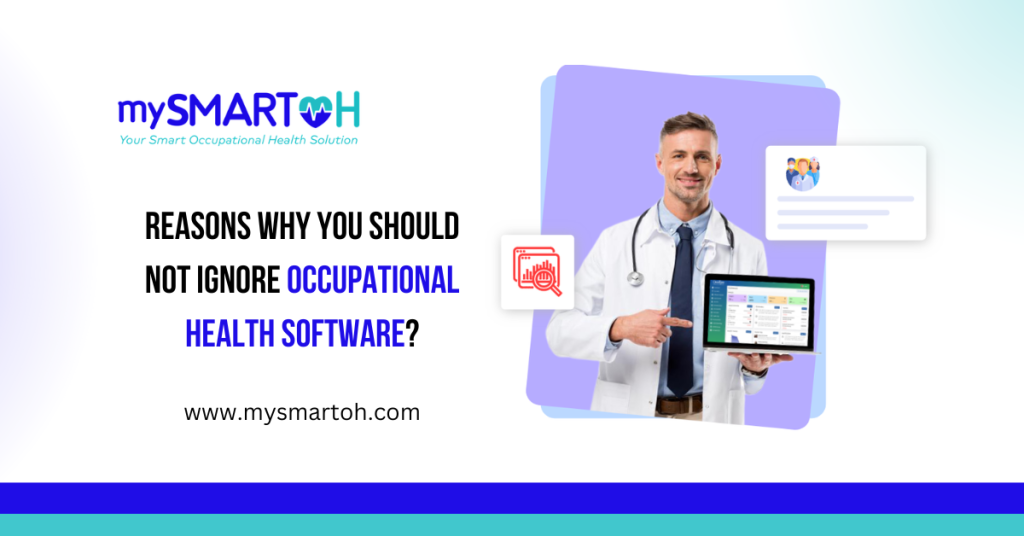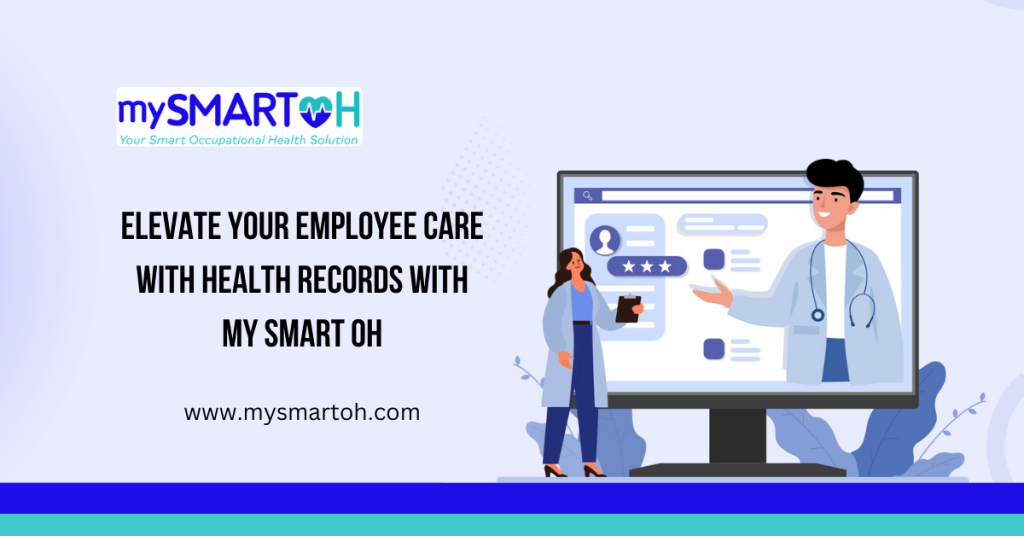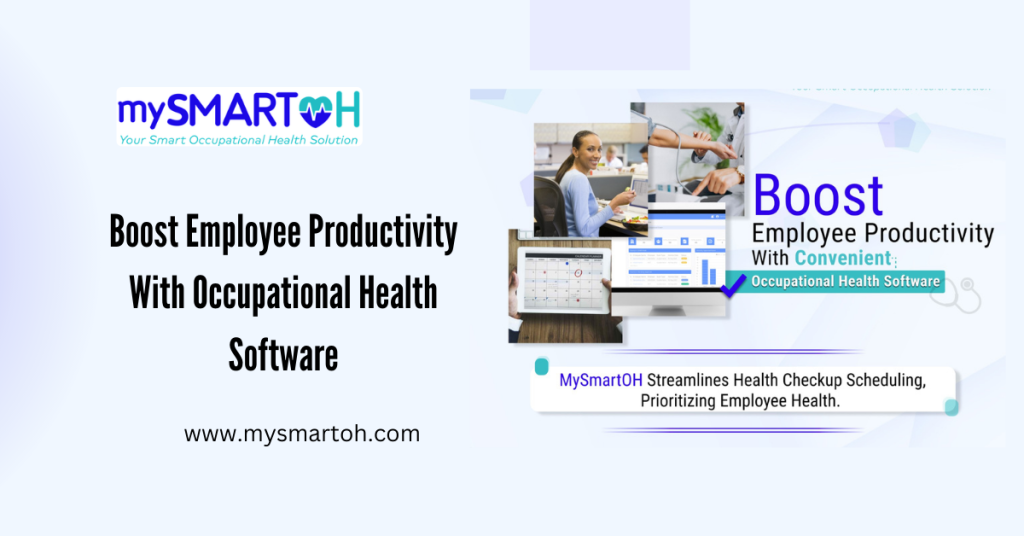Why Should Not Ignore Occupational Health Software: Occupational health encompasses all aspects of workplace health and safety, with a primary emphasis on the fundamental prevention of workplace hazards, as defined by the World Health Organization (WHO). The objective of the multidisciplinary field of occupational health software is to facilitate individuals in working in manners that pose minimal risk to their well-being.
This aligns with the advocacy for workplace health and safety, which centers on averting injuries arising from workplace hazards.
Why Should Not Ignore Occupational Health Software:
1. Enhancing the well-being of employees and their behavior:
In the pursuit of financial gains, employee well-being ratios are deteriorating. An employee’s health directly influences their behavior and performance in the workplace. Occupational health software is essential to address this concern effectively. Occupational health software can aid in monitoring illnesses and offering treatments, thereby enhancing overall life satisfaction by improving both physical and mental well-being.
2. Occupational health Software helps Reduce Significant Health Risks:
The foundation of any successful health promotion program lies in motivating employees to embrace healthier habits. Physical activity and dietary choices are two key factors in this endeavor. It’s worth noting that many health issues such as high blood pressure, elevated blood cholesterol, and increased blood sugar levels are often a result of unhealthy eating habits and a lack of exercise.
By utilizing occupational health software, you can benefit from regular medication reminders, receive prompts for exercise tailored to your specific health needs, and engage in monthly online consultations to monitor and enhance your overall well-being.
3. Occupational health software Reduces the cost of healthcare:
Many of us place significant importance on our jobs for various reasons. Having a profession that we are passionate about and find personally fulfilling not only provides purpose in our lives but also enables us to earn a living. It becomes increasingly challenging to sustain ourselves financially when a significant portion of our income is dedicated to addressing health concerns. Frequent employee illnesses can lead to rising medical and healthcare expenses.
However, organizations can mitigate these healthcare costs by implementing occupational software. By utilizing occupational health software, we can establish and maintain healthier routines, reducing the need to allocate significant funds toward healthcare. The utilization of occupational health software is an effective strategy for minimizing healthcare expenses.
4. Occupational health & safety system increases Productivity:
Low employee productivity is marked by employees being present at work but not achieving their maximum potential. Unhealthy habits such as excessive drinking, smoking, and a lack of exercise can all have detrimental effects on one’s well-being. Occupational health software can be employed to collect and analyze employee data, allowing us to monitor an individual employee’s health in relation to their habits. By actively monitoring health, providing appropriate consultations, and offering necessary medical intervention, we can promote good health. With improved health, productivity is likely to increase, as demonstrated in various research studies, bringing us closer to achieving success.
5. Occupational health Software Can Reduce Sickness Absences:
Workplaces that implement programs and initiatives can experience reduced absenteeism for various reasons:
- Employees who adopt healthy habits are less prone to illness and absenteeism.
- Workers who effectively manage their stress are more likely to be present at work.
Maintaining healthy blood pressure, cholesterol, and glucose levels is linked to lower absenteeism rates among employees.
The utilization of occupational health software can aid in mitigating absenteeism by addressing all of these factors as mentioned above.
6. Occupational health Increase and support high employee satisfaction levels:-
When an employee faces health issues, it often takes a toll on their morale, leading to a heightened sense of negativity. This negativity can, in turn, have adverse effects on the overall health of the workforce. Utilizing occupational health software can effectively combat this negativity by enhancing the health and well-being of all employees. This software offers personalized health tips, monitors health metrics, and conducts thorough health analyses, ultimately fostering a positive working environment. Such a proactive approach can significantly contribute to higher job satisfaction levels.
7. Occupational health initiatives can boost employee recruitment:-
When an organization prioritizes the use of occupational health software to benefit its employees, it can serve as an attractive recruiting tool for prospective hires. Demonstrating a commitment to employee well-being can expedite the hiring process and lead to increased productivity after successful recruitment.
Central to the success of a robust health program is unwavering dedication from management and active participation from employees. It is crucial for management to place a high priority on health at all levels, exemplified by their presence on job sites where they can engage with workers to address their concerns and assess workplace tools and equipment. Establishing clear lines of authority within the workplace hierarchy is essential, ensuring that employees are well-informed about who is responsible for addressing various health-related issues.
Neglecting employee health is not an option, so it’s imperative to actively monitor their well-being. Employing occupational health software allows us to collect comprehensive data on employee health, enabling us to enhance their overall well-being.



